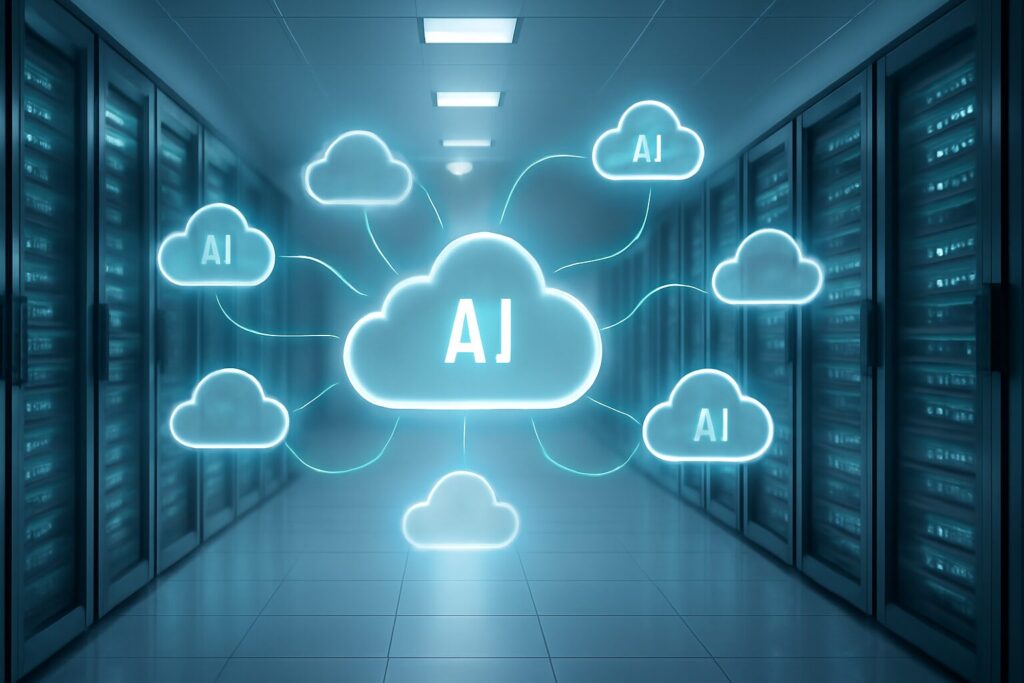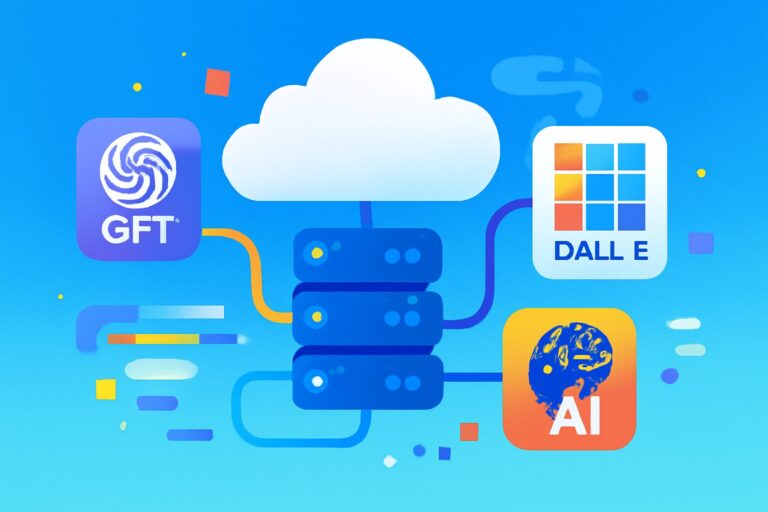In today’s accelerating digital transformation, AI security across multi-cloud environments has become a major focus for enterprises. As AI applications increasingly rely on data dispersed across multiple cloud providers (such as Azure, AWS, Google Cloud) and various SaaS platforms, ensuring the security and compliance of these intelligent systems has emerged as a pressing challenge for tech leaders and security teams. This article deeply analyzes the core challenges, key pillars, and industry best practices for AI security in multi-cloud setups, helping readers build robust and scalable defenses.
—
## Current Status and Challenges of AI Security in Multi-Cloud Environments
AI applications often depend on numerous cloud service vendors and SaaS platforms, leading to an “AI-fueled multi-cloud sprawl.” This distributed environment brings flexibility and innovation but also introduces complex security risks.
Firstly, different cloud providers have substantial differences in configuration interfaces, access control models, and logging standards. For example, Azure emphasizes Azure AD for identity management, while AWS relies on IAM policies. These discrepancies make unified cross-platform governance challenging. Security teams find it difficult to understand, monitor, and coordinate the security posture of AI systems spanning multiple clouds.
Secondly, the risk of “Shadow AI” is rising. Like shadow IT, business units might integrate generative AI tools or automated workflows into critical data systems without security approval, bypassing audit processes and potentially causing data leaks or compliance violations. For instance, some security teams have encountered employees using unauthorized AI chatbots to access sensitive customer data, creating risks of information exposure.
Moreover, the complex data flow paths increase the attack surface, with incidents of adversarial attacks and data poisoning reported, severely testing the security and controllability of AI models.
—
## Three Key Pillars for Implementing AI Security in Multi-Cloud Environments
To build an effective security framework for complex multi-cloud AI environments, the following three pillars are essential.
### 1. Data Governance
Data is the fuel for AI. Clear data ownership, classification, and policy applicability form the foundation for security and compliance. Enterprises should establish unified multi-cloud data governance frameworks to ensure consistent enforcement.
For example, a financial institution used automation tools for dynamic scanning and tagging of multi-cloud data assets, with policy engines to automatically enforce compliance restrictions—significantly improving efficiency and accuracy. Governance systems must automate policy translation and enforcement with flexibility to adapt to emerging threats.
### 2. Identity and Access Management (IAM)
AI systems involve not only human identities but also numerous non-human identities (NHIs) such as AI agents, connectors, and service accounts. Maintaining a comprehensive NHI inventory and implementing strict role and task-based least privilege access with dynamic permission assignment helps prevent misuse and hijacking.
Continuous monitoring of identity usage, spotting abnormal behaviors (e.g., unusual access times or commands), is critical to detecting potential risks. For instance, a major e-commerce company identified an AI agent unexpectedly accessing large volumes of sensitive user data and quickly blocked it to prevent leakage.
### 3. Visibility and Observability
Fragmented logs across multiple platforms and interfaces impair security teams’ analysis capabilities. Enforcing unified logging and telemetry interfaces from new platforms enables centralized log aggregation and analysis.
Achieving “visibility, traceability, and auditability” allows effective tracking of AI decision chains to explain specific model judgments and meet regulatory audits. For example, security teams can promptly locate data anomalies or training defects when erroneous predictions occur, enabling targeted remediation.
—
## Industry-leading AI Security Best Practices
Several industry leaders and security vendors have promoted innovative solutions:
– **Sysdig’s “Top 8 AI Security Best Practices”** highlights the importance of defending against API injection, data poisoning, and adversarial attacks. AI-driven real-time threat detection systems enable prompt anomaly detection and response.
– **Google Cloud’s “3 New Ways to Use AI as Your Security Sidekick”** integrates generative AI with security platforms to automate swift threat responses, reducing manual workloads and false positives.
– **Palo Alto Networks’ “AI Runtime Protection”** provides online monitoring during model execution to detect and block threats in real-time, greatly enhancing AI application security and reliability.
These cases show that adopting AI technology for self-defense and establishing closed-loop security systems represent trends for future multi-cloud AI security.
—
## Strategic Recommendations for Multi-Cloud AI Security
Based on experience and trends, here are strategic suggestions:
1. **Prioritize locating AI workloads close to core data platforms** to reduce cross-region cloud data movement, lowering attack surfaces and data leak risks (e.g., deploy training models in the same cloud region as data origin).
2. **Continuously optimize multi-cloud platforms and toolsets** by unifying security management and reducing entry points and complexity. Avoid unchecked multi-cloud expansion, and promote security-focused gradual progress.
3. **Integrate AI into existing security and governance frameworks**, rather than creating isolated silos. AI security should synergize deeply with identity management, compliance audits, and data protection for ecosystem coordination.
—
## FAQ
**Q1: What is “AI-fueled multi-cloud sprawl”?**
A1: It refers to AI applications’ dependency on data distributed across multiple cloud platforms and SaaS services, causing configuration and security management challenges.
**Q2: Why is “Shadow AI” a security risk?**
A2: Unauthorized AI tools bypass security policies, risking data leakage or misuse.
**Q3: How to achieve unified data governance in multi-cloud?**
A3: Use automation to tag data, enact unified policies across environments, and ensure policy automation and adaptability.
**Q4: What are challenges in managing Non-Human Identities (NHIs)?**
A4: NHIs are numerous and dynamic; detailed inventories and least privilege dynamic permission management are needed.
**Q5: How to enhance AI system observability?**
A5: Enforce unified log collection, aggregate multi-source data, and enable traceability and audit trails.
**Q6: What industry-leading AI security solutions exist?**
A6: Examples include Sysdig threat monitoring, Google Cloud automation, and Palo Alto runtime protections.
—
Multi-cloud environments bring unprecedented opportunities but complex security challenges. Systematic understanding of AI security pillars combined with best practices and mature strategies is key to protecting digital assets in the intelligent age. For more professional multi-cloud AI security solutions, visit Delian Information Technology’s website ([https://www.de-line.net](https://www.de-line.net)) to explore cutting-edge services and products and jointly build a secure intelligent future! ✨🚀
************
The above content is provided by our AI automation poster




